GAO Expresses Concern Over Webb Technical, Cost, & Schedule Challenges
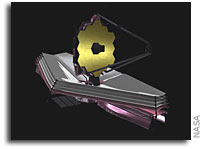 James Webb State Telescope: Meeting Commitments but Technical, Cost, & Schedule Challenges Could Affect Continued Progress, GAO
James Webb State Telescope: Meeting Commitments but Technical, Cost, & Schedule Challenges Could Affect Continued Progress, GAO
“Overall the project is maintaining a significant amount of cost reserves; however, low levels of near-term cost reserves could limit its ability to continue to meet future cost and schedule commitments. Development challenges have required the project to allocate a significant portion of cost reserves in fiscal year 2014. Adequate cost reserves for the prime contractor are also a concern in fiscal years 2014 and 2015 given the rate at which these cost reserves are being used. Limited reserves could require work to be extended or work to address project risks to be deferred–a contributing factor to the project’s prior performance issues. Potential sequestration and funding challenges on other major NASA projects could limit the project’s ability to address near-term challenges.”


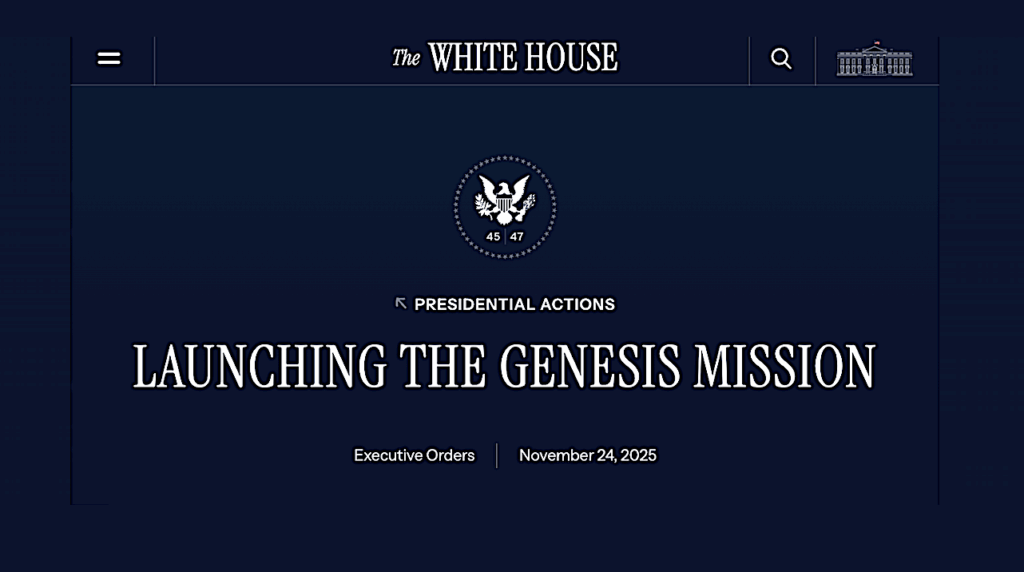
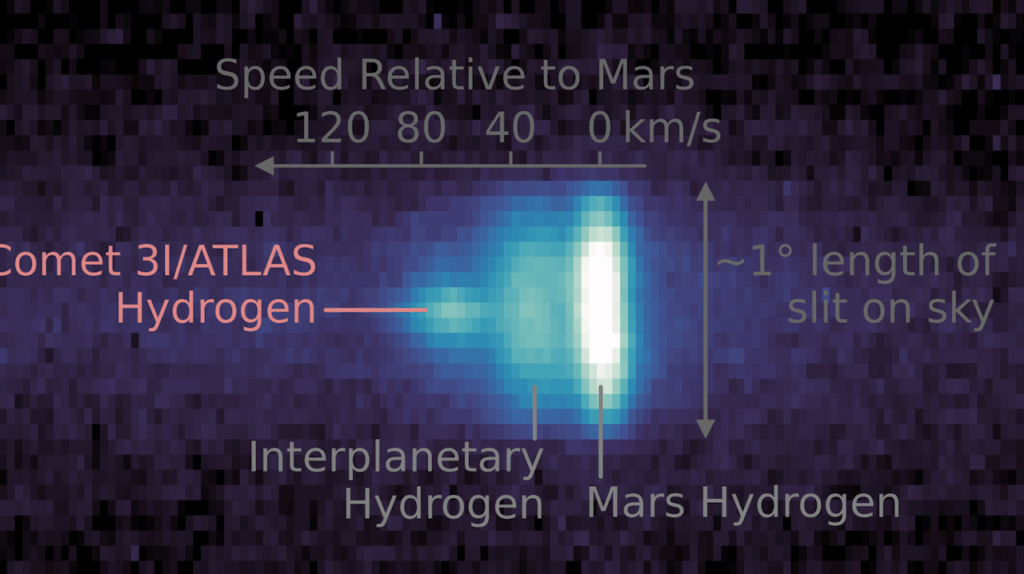
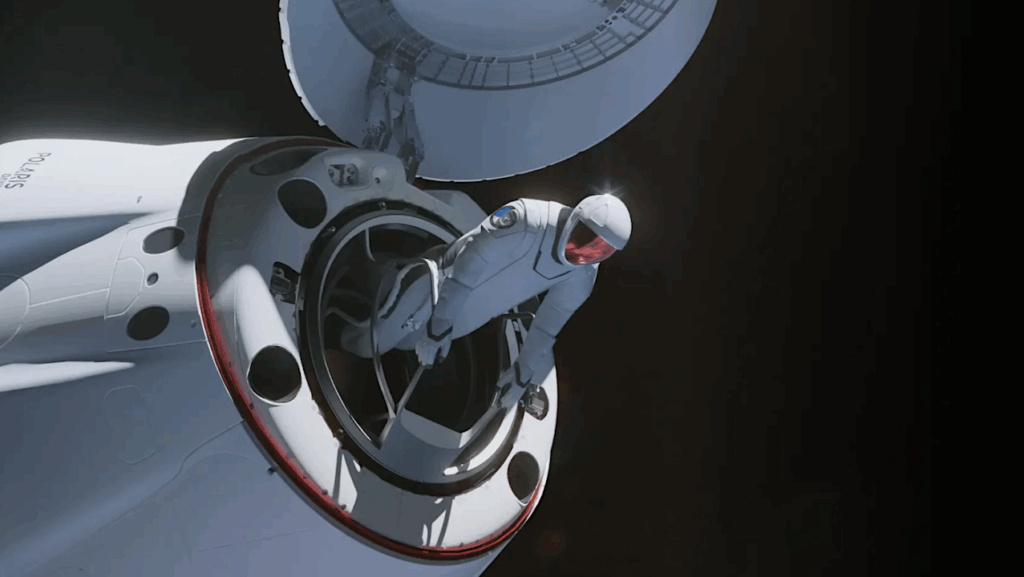
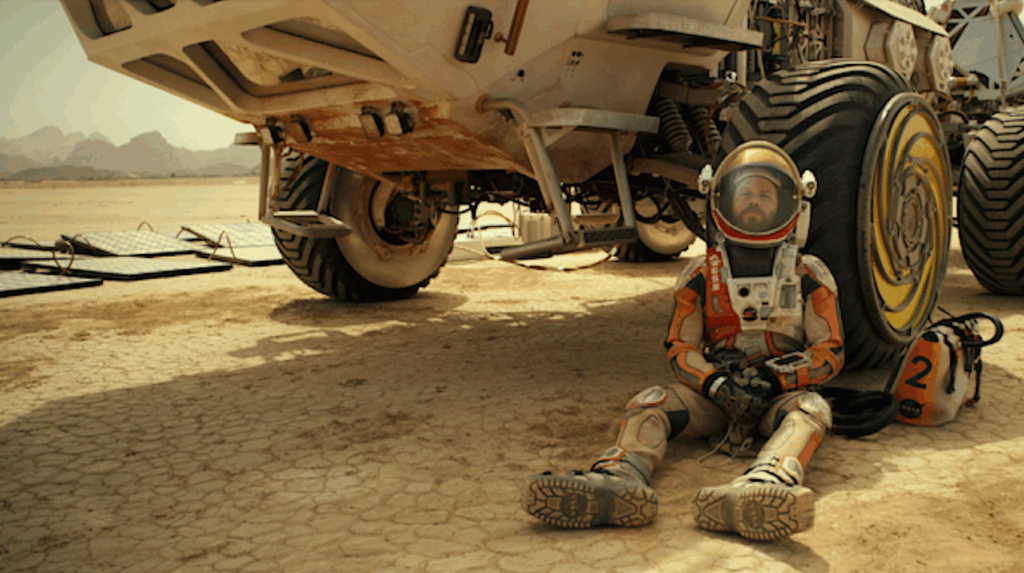


I’m always curious why these sorts of overview reports never name the contractors involved. When billions of dollars are being spent, the taxpayer deserves finer grain and sharper resolution in the snapshots.
Oh by the way, the prime contractor for JWST is Northrup-Grumman , who has been parading around a full scale fine grained sharplooking mockup of the Webb for nine years now…
Some good background can be found here: http://en.wikipedia.org/wik…
Sorry, but the returns on this $9.7 Billion dollar telescope will never be worth the investment.
It just won’t and this project should have been killed years ago.
Flagship mission or not NASA just cannot continue to allow project costs and overruns of this magnitude.
It’s indefensible!
And the defense industry is super efficient? It’s the same contractors.
The return on investment is immeasurable.
I never said the defense industry was efficient and the comparison is apples and oranges. Whether the defense budget is supported by the public at large or not, it still gets $600+ Billion per year.
NASA’s successes and failures are watched very closely by both the public and legislature. Failure of high profile NASA projects draws fierce criticism, while another billion for the JSF gets a yawn.
NASA can not afford a Hubble type debacle with a unserviceable piece of hardware at the L2 point.
That’s a fallacy of logic. The problem we are talking about is congress and their pork train telescope.
It doesn’t matter what other agencies are doing, we are discussing this agency.
I’m sure the same remarks were being made during Hubble’s development. It, too, was very nearly cancelled. Its running lifetime costs has now exceeded $10B. Was it a waste?
Was it a waste?
That depends on who is making the assessment.
To anyone in the space or science communities-Yes I am sure it will be said that it was worth $10 Billion.
To the other 98% of the public I am sure they will say that Hubble and all its pretty pictures hasn’t made ANY kind of difference or contribution to their lives.
They will say what is the point of taking pretty pictures of places that we as a civilization could NEVER hope to travel to?
I’m guessing you should read more. Public outcry when Hubble might have been abandoned a few years ago is but one example. This single mission is a huge achievement and the country recognizes that.
They should renegotiate for a fix price contract or cancel the project! This has gotten way out of hand and is single-handedly decimating NASA’s science budget.
Not quite single-handedly. There’s this thing called SLS. Oh yeah, and something called a sequester. Let’s not forget a general lack of political will, too.
I have never been a fan of JWST. Not having the ability to do servicing on JWST is a mistake.
The cost of a servicing mission at L2 would be approximately the same as simply building a replacement.
Hubble had the same issue, but few people dared to point out this inconvenient fact.
They should have live web cams on every person supposedly working on this thing, I would sure like to see the productivity reports.
Oh, yes. It must be a worker problem, not a management problem. Uh-huh.
Then the webcams would show those managers doing nothing.
In 2007, I was supporting development work of MSL and after design reviews, myself and others stepped away recognizing that the likelihood of achieving readiness for the 2009 launch window was slim. The costs of MSL started to skyrocket, eyes were rolling and congress, critics were getting loud. Then along came a spider called JWST and pressure on MSL was relieved. Anger was turned to a project that was not $1B+ over budget but rather $2B and then $3B… it just got worse.
The primary cause of the cost overruns and delays with JWST is the NASA management. A summary is given in the letter to Bolden from the independent review in 2010 (http://www.nasa.gov/pdf/499…. From what I heard, JWST management based at Goddard did not have the depth and experience that would have led to recognizing development problems that would have avoided compounding the cost over-runs. Complexity of this mission overwhelmed the skill set of its management. Poor management led to underfunding the project. Management did not alert HQ of the funding deficiencies so schedules slipped, milestones were missed voiding the Critical Path and leaving it in disarray.
Project management must identify the Critical Path and routinely monitor progress to assure the development remains on schedule and with sufficient resources to be completed. When a Critical Path is breached, with a project as complex as JWST (MSL, as well), other parallel development activities can be effected. A log jam occurs. Unless management redefines the Critical Path, progress of multiple development paths are undermined. The hard to imagine cost over-runs – jumps of doubling and tripling of the original cost of JWST (and other NASA projects), in short order, are due to the compounded failure of multiple project development paths.
For MSL, the problems were recognized soon enough. There were changes in management personnel. MSL did not have the complexity of JWST and additionally it was able to use the two year interval between Mars launch windows as a crutch. Two years provided ample time to make corrective actions, reset the critical path, determine the new cost of the project and go forward.
This latest GAO report is looking at JWST’s risk analysis and recognizing that resource margins are shrinking. In the 2006-2008 timeframe, the Critical Path was so poorly understood, any risk analysis was useless and that led to under-estimating necessary increases in resources and necessary revisions in schedule milestone dates. The compounding of the cost over-runs of JWST is not just GSFC’s inept management but also ineptitude by the review boards (experts selected from across all NASA) that over-saw each of the JWST design reviews.
The astronomy community now has a high risk mission. It is very unlikely that a mission would be created to recover lost JWST science. Early failure of the instruments or high level system failures will leave the Astronomy community waiting for 10 to 20 years to make up for lost time. Smaller projects will make up some of the lost science but NASA, NSF, ESA won’t throw good money after bad. The mysteries of the Universe to be revealed by JWST can remain just that for 10 or 20 years. Career paths can be adapted. Also, JWST is like ISS. It is not flying yet but they claim that the technical merit and progress is sound. So again there is an optimization problem. Do you terminate and lose $6B with zero ROI or do you invest $3B more and take the risk of flight and operations to achieve the expected ROI. I think you do the latter with JWST. But you do not with SLS or Orion… for the love of NASA – NO!
Rocky, your analysis is spot-on. It is completely staggering that a program could spiral so wildly out of control year after year and not get cancelled, or not have the management staff gutted and replaced by a crew who knew what they were doing.
Observing time with a single instrument, however powerful, will be very limited. A more evolutionary approach with a series of telescopes would have provided provide a lot more observing time at lower risk and made better use of design and fabrication experience. An excellent proposal for doing final assembly and checkout of a series of medium sized telescopes at the ISS, thus lowering risk, followed by moving them to final orbits apparently lost funding. Ironically this was one of the most important “original” missions for the space station when it was first proposed back in the 1970’s.